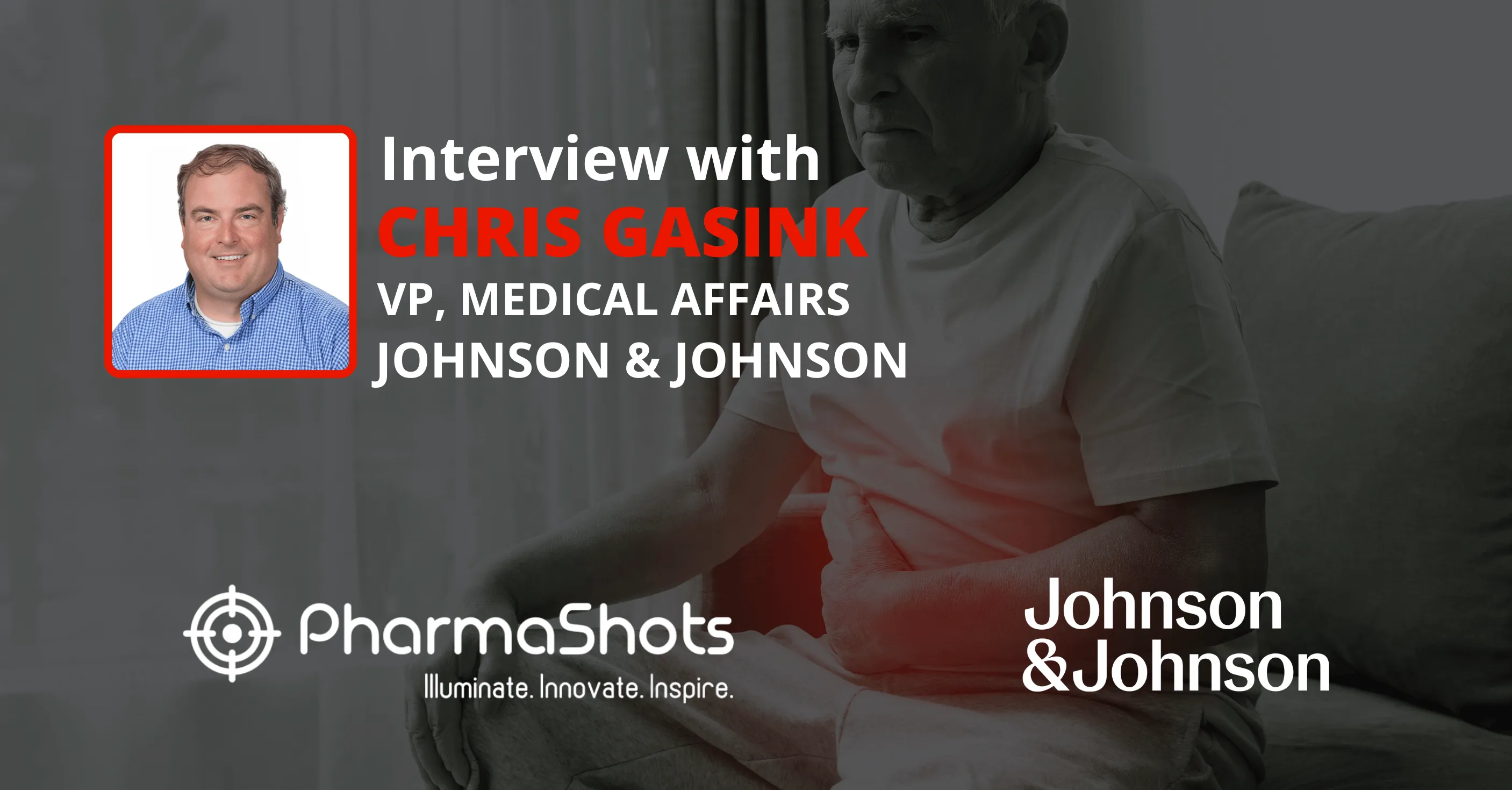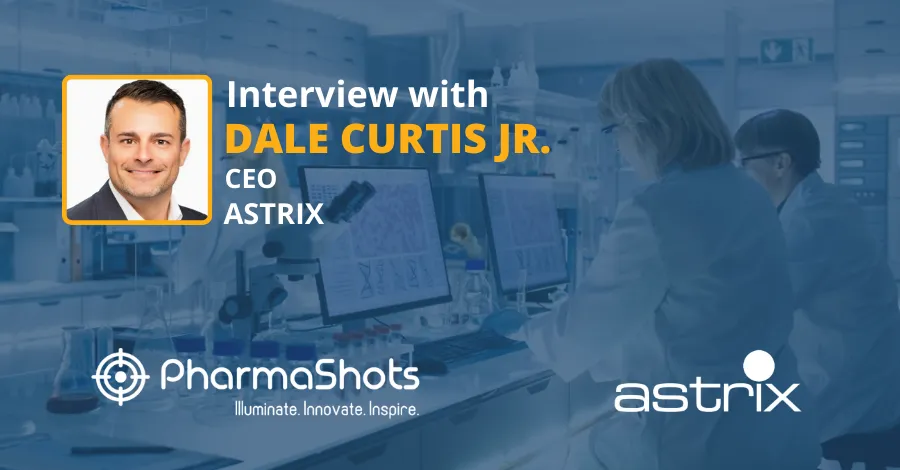
Herson Quiñones, VP at GSK Shares Insights on the FDA Approval of Benlysta for Pediatric Patients with Active Lupus Nephritis
Shots:
- Herson spoke about the approval of Benlysta by the US FDA for the treatment of children aged 5 to 17 with active lupus nephritis (LN) which often causes increased complications, hospitalizations, and mortality rates in children
- He also talked about the etiology & epidemiology of lupus nephritis and how this disease is affecting millions of people globally
- The interview shows how GSK is advancing to develop treatment options for patients with complex diseases
Smriti: Discuss in detail about Benlysta (MOA, ROA, formulations, etc.).
Herson Quiñones: For many people with lupus, certain white blood cells called autoreactive B cells stay in the body longer than they should. One of the important proteins for the growth of the B cells is called B-lymphocyte stimulator, or BLyS.
Benlysta, a BLyS-specific inhibitor, is a human monoclonal antibody that binds to soluble BLyS. Benlysta does not bind B cells directly. By binding BLyS, Benlysta inhibits the survival of B cells, including autoreactive B cells, and reduces the differentiation of B cells into immunoglobulin-producing plasma cells.
First approved in 2011, it is the first and only approved biologic for both SLE and LN in more than 50 years. Benlysta is now indicated for patients aged ≥5 with active systemic lupus erythematosus (SLE) or active lupus nephritis who are receiving standard therapy. BENLYSTA is not recommended in patients with severe active central nervous system lupus.
For children ages 5 and above as well as adults, Benlysta can be administered by a healthcare provider through an intravenous infusion. For adults, Benlysta can also be self-injected once a week through a subcutaneous injection, either with an autoinjector or a prefilled syringe.
Smriti: Shed some light on the etiology & epidemiology (Age, gender, etc) of lupus nephritis (LN).
Herson Quiñones: Roughly 5 million people worldwide have some form of lupus. Nine out of 10 adults with lupus are women, and women of childbearing age are most likely to develop the disease. Women of color are also more likely to develop lupus compared with Caucasian women.
Lupus nephritis is a serious complication of SLE caused by inflammation of the kidneys, which can lead to end-stage kidney disease, requiring dialysis or a kidney transplant. Lupus nephritis affects approximately 40% of those with SLE. Lupus nephritis is the primary disease manifestation in many children with lupus, with kidney disease occurring in 50-75% of all pediatric patients within the first 2 years after diagnosis. Pediatric lupus nephritis is a devastating disease with poor prognosis that remains the leading cause of morbidity and mortality in pediatric lupus.
Until recently, there has been no approved treatments for children with active lupus nephritis.
Smriti: As Benlysta is approved in the IV and SC formulations, can we talk about the results from the study comparing IV vs SC formulations in esp. Lupus Nephritis (if LN is not available SLE would also work)?
Herson Quiñones: There have been no studies that directly compare the IV and SC formulations of Benlysta in either SLE or LN. Therefore, we cannot draw conclusions about one being more effective than another.
We understand that a disease like lupus can affect patients differently and that patients may have unique needs or circumstances where one administration method may be preferable to another. At GSK, we are committed to helping patients gain access to treatment and we support patients throughout their complex disease journeys. We also partner with patients, advocates and physicians to better understand their needs.
Smriti: How do you think that this treatment option will be different from other treatments for lupus nephritis present in the market (esp. Tacrolimus, Rituximab, and corticosteroids)?
Herson Quiñones: It’s not possible to compare treatments directly, as they have not been investigated in head-to-head studies.
Benlysta has a robust safety profile established through 8 clinical studies in total in adults and children. In pediatric SLE patients, belimumab plus standard therapy reduced disease activity (as measured by SRI-4) by 53% at week 52 and reduced the risk of severe flares by 64%.
In children specifically, prior to this approval, there were no FDA-approved treatments for lupus nephritis, which remains a driving factor in increased complications, hospitalizations, and mortality rates in children. Current treatment options for children were mainly limited to the use of non-selective immunosuppressants and corticosteroids.
Through ongoing research, we’re committed to improving the lives of those living with lupus and researching ways to prevent organ and kidney damage in adults and children living with lupus and active LN.
Smriti: What are your long-term goals for the treatment and management of lupus nephritis?
Herson Quiñones: We’re focused on advancing treatment for people living with lupus. We are building on decades of research, and we have a long-term commitment to innovate to adapt treatments to the specific needs of patients.
Our long-term goal in the management of patients with lupus nephritis is to delay the need for kidney replacement therapies, such as dialysis and transplantation.
We’re continually working with lupus experts around the world to better define what a true disease modifying therapy looks like in lupus in an effort to make treat-to-target a reality for lupus patients.
“Treat-to-target” is a medical strategy that sets a treatment objective/goal. For SLE, the objective can be either remission – defined as the absence of signs and symptoms of significant inflammatory disease activity – or low disease activity. In lupus, the standard approach is to keep adding or switching medicines until you see a clinical improvement. Then that’s it. “Treat-to-target” is a more practical, patient-centered approach with a tight control. The goal of treating SLE has always been to help people to the point that they can comfortably lead their lives, and this “treat-to-target” approach is just another example of how we’re delivering on that, to achieve the lowest possible disease activity when remission is not possible, allowing oral steroids to be reduced or completely removed.
Smriti: Do you think that sales of Benlysta will be helpful to boost the revenue of GSK?
Herson Quiñones: GSK Specialty is focused on advancing treatment for people with complex diseases. We’re building on decades of research with a long-term commitment to innovative science. Our specialty portfolio today focuses on respiratory and immunology. With more than a decade since its launch, Benlysta market share continues to expand with targeted lifecycle management, regulatory approvals of new indications and ongoing R&D and commercial investments.
Smriti: Are you planning to explore Benlysta in other indications as well? If yes, which are those and what stage of development?
Herson Quiñones: Currently we do not have any plans to study Benlysta in other indications. Our teams will continue to study Benlysta in long-term and real-world settings to help patients and providers navigate this difficult disease. Pipeline delivery and business development are a continuing focus for the US Specialty division. R&D will launch a pipeline of innovative medicines and vaccines to achieve our global decade-long ambition and to best support our patients.
Smriti: What is the role of innovation in addressing unmet needs in complex diseases?
Herson Quiñones: US specialty health prioritizes R&D and commercial investment in healthcare that transforms immunoinflammatory clinical practice because we believe in the predictive power of the immune system, human genetics and advanced technologies like artificial intelligence.
We’re building on decades of research with a long-term commitment to innovative science.
Our long-term focus is on immuno-inflammation and respiratory health, which allows us to build portfolios in therapy areas where we can make a difference in patients’ lives and HCPs’ practices. Our passion is our patient’s health. This focus is what drives our approach as we build our specialty portfolio and pipeline. Our teams are the key to our success. They allow us to lead and play a central role in delivering GSK’s objectives while also building confidence in the future.
For example, for nearly 50 years, GSK has led the way in developing innovative medicines to advance the management of respiratory diseases. We leverage our knowledge and clinical excellence in respiratory to meet the needs of our patient community. We noticed that some people with asthma experienced more severe symptoms and did not respond to traditional treatments. So, we launched a study of eosinophils – white blood cells that can cause inflammation and increased asthma symptoms. Our understanding of eosinophilic-driven diseases has expanded, driven by our extensive research for the last 20 years. Today, we are a leader in the rare diseases area for eosinophilic-driven diseases.
By embracing an innovation mindset, we approach these challenges by grounding our work in clinical and real-world evidence and continuing to invest in and innovate for today and the future.
Source: Canva
About the Author:

Herson I. Quiñones is the Vice President of US Medical Affairs, for Specialty and Pipeline at GSK. As a Therapy Area Head for Specialty, Herson leads the US Medical Affairs teams for SLE and LN (belimumab) as well as GSK pipeline medicines currently in development for anemia caused by chronic kidney disease (daprodustat), rheumatoid arthritis (otilimab), pruritus in patients with primary biliary cholangitis (linerixibat), chronic hepatitis B (bepirovirsen) frontotemporal dementia (latozinemab) and COVID therapeutics (sotrovimab). Herson did Ph.D. in Developmental Neuroscience at the University of Texas, Southwestern Medical Center in Dallas.
Related Post: Tania Small, VP, Global Medical Oncology Head, GSK, Shares Insights on Target the Future Think Tank Challenge














